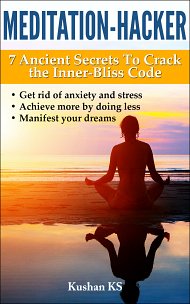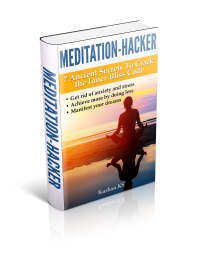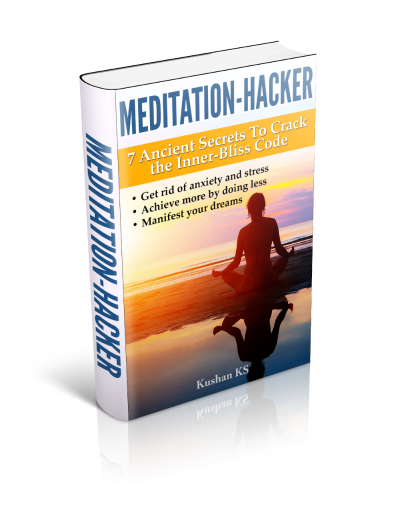Chinese Meditation
"Emotions and excess desires injure the organs, cloud the mind and impede the flow of chi. Therefore, visualize yourself as an empty vessel that you fill with Tao" - Lao Tzu

Chinese meditation practices date back at least 2500 years when Lao Tzu authored the Tao-te-ching (The Classic of Tao and Te), in which Tao is described as the source and ideal of all existence.
Taoist meditation
Taoist meditation is the way of nature.
A person observes and reflects upon things and phenomena around him, and attains wisdom. That wisdom helps him 'go with the flow.'
Instead of fighting the circumstances, one learns to go along with them.
In Chinese meditation, the Taoist concept of wu-wei is of paramount importance and refers to "non-action" or "non-doing." This non-action is not an aversion to action, but rather limiting the "self" from influencing actions/outcomes.
The idea is to accomplish tasks without forcing oneself upon them - doing them in the sense of 'non-doer ship.'
It is action without effort.
The following passage from Lieh-tzu: a Taoist Guide to Practical Living, Eva Wong, Shambhala, 2001 illustrates the above point beautifully:
"When I asked Old Shang to be my master and Pai-kao-tzu to be my friend, I decided to work hard to discipline my body and mind.
After three years, I was afraid to have notions of right and wrong, and I did not dare to speak words that might offend or please. It was only then that my master glanced at me and acknowledged my presence.
Five years later, I thought freely of right and wrong and spoke freely of approval or disapproval. My master gave me a smile.
Seven years later, my thoughts came naturally without any conceptions of right and wrong, and words came naturally without any intention of pleasing or offending. For the first time, my master invited me to sit by his side.
Nine years later, no matter what came to my mind or what came out of my mouth, there was nothing that was right or wrong, pleasing or offending. I did not even entertain the idea that Old Shang was my master and Pai-kao-tzu was my friend."
Numerous types of Taoist meditations exist, all different adaptations of the idea of observing nature - Inner Smile, Embryonic Breathing, White Skeleton Visualization and Witness Consciousness.
Wuji Qigong
The other very popular form of Chinese meditation is Wuji Qigong or standing posture meditation.
The Chinese believe that the stomach and the spleen form the centre or the apex of the body, and combine food with air to convert it into qi.
Wuji Qigong meditation accelerates the conversion process by stimulating the stomach and spleen meridians located in the legs.
The meditation has an important mental aspect to it in addition to its quiet prominent physical aspect, i.e. significant focus is required in bringing the mind's attention to the wuji point to ensure that the newly created Chi/qi is not scattered and lost.
This is how you practice Wuji Qigong:
- Remember not to practice on either an empty stomach or a totally full stomach
- Choose a peaceful area. Outdoor in fresh air, close to a large healthy tree, is best
- Wear loose-fitting comfortable clothes
- Stand with your feet parallel to each other and shoulder-width apart, measured from your inside heels
- Bend your knees slightly and lean them out a bit
- Relax your lower back and tuck-in your tailbone. This will straighten the lower spine
- Back of your thighs and buttocks should be totally relaxed and should shake like jelly when you pat them
- Tuck your chin slightly inward
- Keep the mouth closed with the tongue softly resting on the roof of the mouth
- Keep the arms and hands relaxed by the sides of the body
- Breathe deeply
- Relax completely
Qigong, like yoga, is a worldwide phenomenon now and you should be able to easily find a place where you can join people who meet regularly to practise it.
Return from Chinese Meditation to Types of Meditation
Return from Chinese Meditation to Home

Get my book, Meditation-Hacker: 7 Ancient Secrets to Crack the Inner-Bliss Code and receive valuable information on meditation that you can use to improve the quality of your health and life.


Comments
I would love to hear your meditation experiences. And, if you are a beginner, your questions and apprehensions about meditation. Comment below or contact me directly through the navigation bar on the left of this page.